Like most application engineers, a large part of my experience with data had been around relational databases, like Elastic and Dynamo. Then I discovered a whole new world when I started working on Skypoint Cloud’s Modern Data Stack Platform (MDSP) with data warehouses and data lakehouses—and tools like Data Factory, Databricks, Blobs, and Cosmos Db.
Most of us know what a data warehouse is, but what’s the deal with this data lakehouse thing?
Let’s look at what a data lakehouse is, how it’s different from a data warehouse or data lake, the benefits of using one, and how it can modernize your business and marketing processes.
What is a Data Lakehouse?
A data lakehouse combines the benefits of a data lake and data warehouse to create a new open data management architecture.
Data warehouses are great for processing structured data and creating a single source of truth for analytical queries. However, they’re costly to build and maintain and aren’t equipped to handle the increasing amount of unstructured data today’s organizations need to analyze that is coming through streams and social media.
Data lakes overcome this challenge by enabling the storage of different types of raw data within the same infrastructure. However, users can’t perform queries efficiently due to the lack of structure and ACID (atomicity, consistency, isolation, and durability) properties.
Data lakehouses offer the best of both worlds by providing an organized way to store and perform transactional operations on large sets of structured and unstructured data. They have data structures and data management features similar to those of a data warehouse and sit on top of a low-cost cloud storage solution in an open format.
How Does a Data Lakehouse Work?
The process starts with collecting raw data in a data lake, such as Azure Data Lake service or AWS S3, typically called a bronze layer.
Then, the data is transformed into a Delta Lake format—Parquet (columnar) with log files for time travel and versioning. It enforces governance and data schema through its metadata store and provides a layer to perform ACID transactional queries.
Finally, the information passes through multiple stages and can be converted into consumable silver/gold data for various purposes, such as running spark jobs with SQL-like queries.
The Benefits of a Data Lakehouse
A data lakehouse helps simplify and scale your enterprise data strategy while supporting BI and AI use cases in one place. Here are the key advantage of using a data lakehouse:
- Reduce administrative and operating costs by leveraging low-cost and reliable data storage in the cloud.
- Simplify schema while reducing data movement and redundancy (aka: data glut) to enable effective governance.
- Support ACID transactions (i.e. data versioning, record-level mutations) directly on the lake and across large datasets.
- Offer seamless integration with business intelligence (BI) and data analytics tools to derive timely, data-driven insights.
- Increase flexibility by using open standard formats to run different types of workloads.
- Provide a universal business-friendly semantic layer, which means end-users don’t have to navigate the complexity of the underlying data structure.
- Enable enterprise-grade security and governance so stakeholders across the organization can access and use the data.
Offer the ability to incorporate the latest tools, such as AI-powered, to gain more insights from unstructured data.
Top Data Lakehouse Platforms to Consider
These data lakehouse platforms offer innovative solutions with AI, data lake, and analytics integrations, as well as other robust features.
Databricks
Databricks, the flag bearer of the lakehouse architecture, unifies multi-cloud data warehousing and AI use cases in one platform.
Google Cloud BigQuery
Google Cloud BigQuery is a scalable and easy-to-use platform that enables you to run fast, SQL-like queries against multi-terabyte datasets in the blink of an eye.
Snowflake
Snowflake offers a core architecture that supports various data workloads, including a platform for developing data applications.
Azure Synapse Analytics
Azure Synapse Analytics is a cloud-based Enterprise Data Warehouse (EDW) that can quickly run complex queries across petabytes of data.
Amazon Redshift
Amazon Redshift is a fully-managed and simple solution that allows you to analyze data with standard SQL and your existing BI tools.
Data Lakehouse Use Cases
A data lakehouse can gather and analyze data from multiple sources to provide actionable insights for accurate data-driven decision-making. Here are some common applications:
Real-Time Customer Insights
Businesses can gather structured and unstructured customer data and build 360-degree profiles to inform real-time omnichannel customer interactions. These insights help deliver a seamless customer experience, accelerate the sales cycle, and drive conversions.
Streamlined Business Processes
Automation features help you improve cost-efficiency in today’s data-driven business environment. Leverage all your data without the time-consuming, labor-intensive, and error-prone process of transferring data from one platform to another.
Seamless Partner Cooperation
A cloud-based centralized data repository facilitates collaboration across your value chain. Whether you need to coordinate logistics or share data to run marketing campaigns, you can ensure everyone is working from the latest information.
AI and BI Adoption
A data lakehouse integrates with various AI and BI tools (i.e. Microsoft Power Platform) to generate insights from vast amounts of data and automatically distribute real-time insights through reports and visualizations to the right stakeholders at the right time.
Data Management and Governance
Having all your data in one place helps you create a single source of truth and provide oversight to ensure proper data usage and integrity—which is critical for meeting regulatory requirements in specific industries, such as healthcare and financial services.
Data Lakehouse: A Solid Foundation for Your Data Strategy
A data lakehouse is a critical piece of the data management puzzle for any data-driven organization.
Skypoint Lakehouse seamlessly integrates with our Modern Data Stack Platform (MDSP) to help you automate data workflows, maintain compliance and governance, share standardized data across the organization, and respond to new data-sharing requirements with agility.
Learn more about Skypoint Lakehouse and request a demo to see how we can take your data strategy to the next level.












